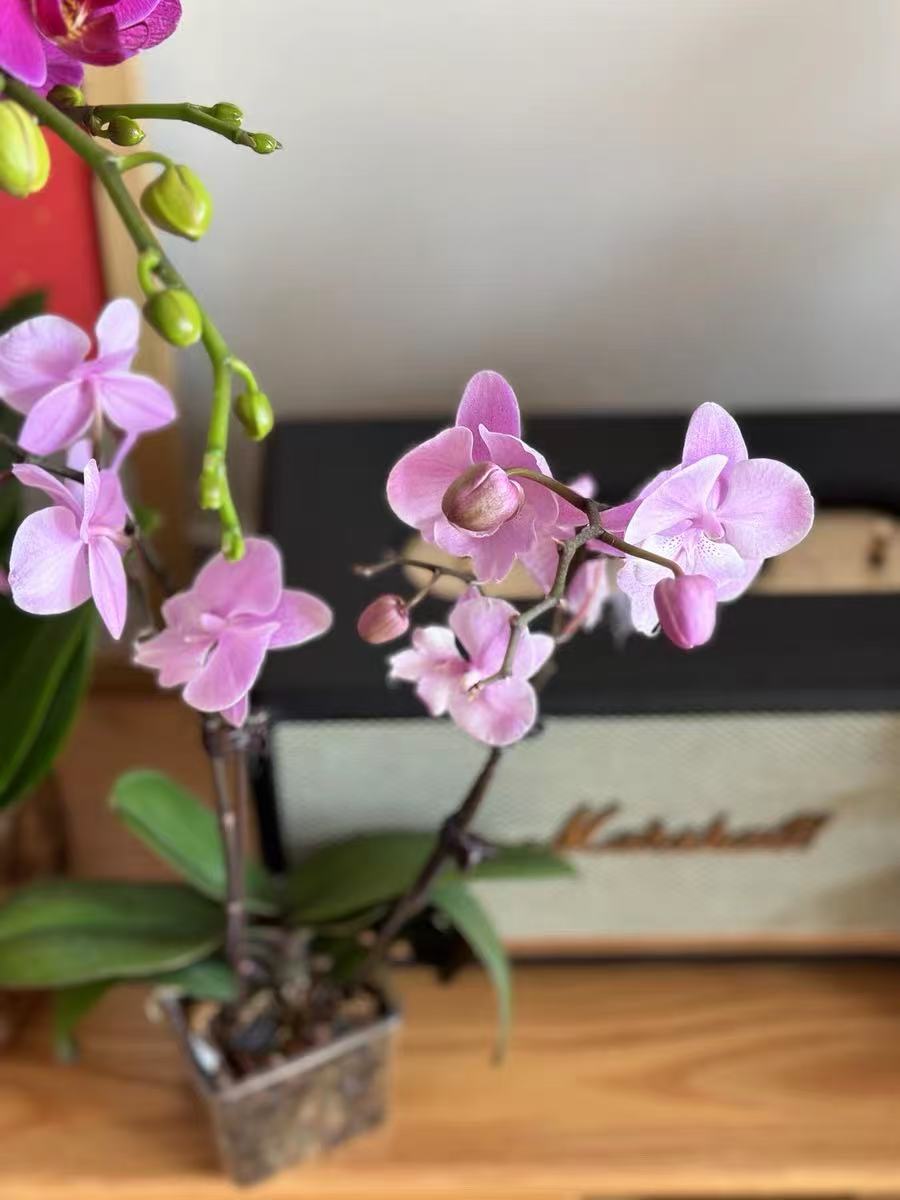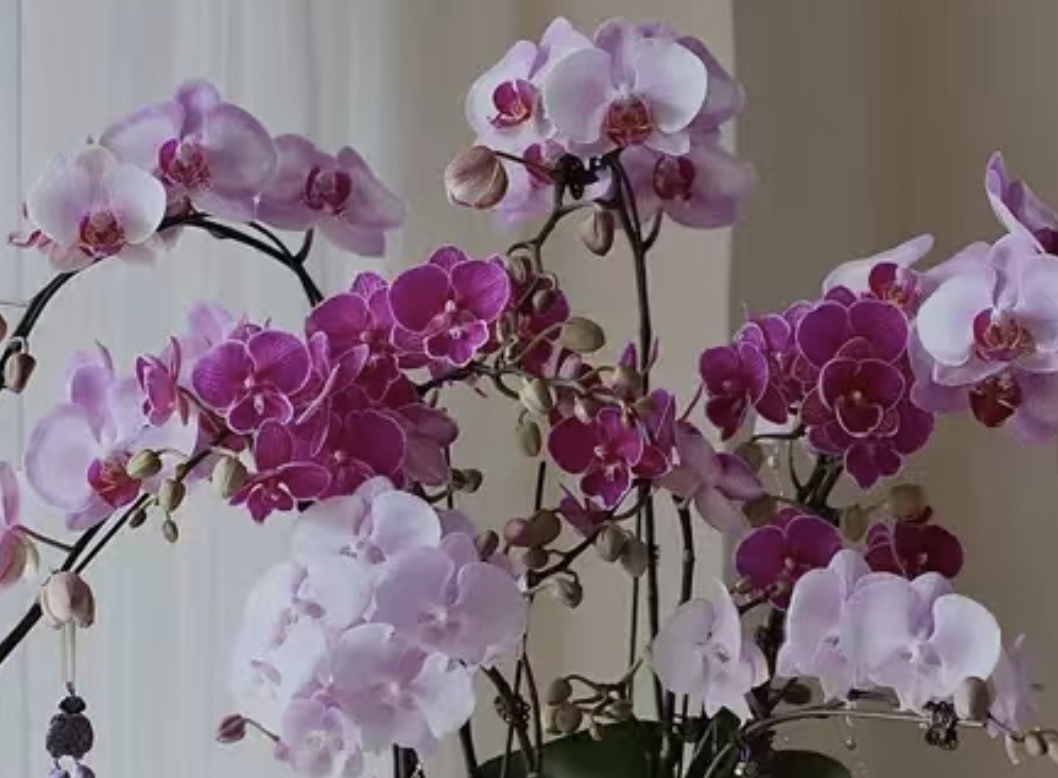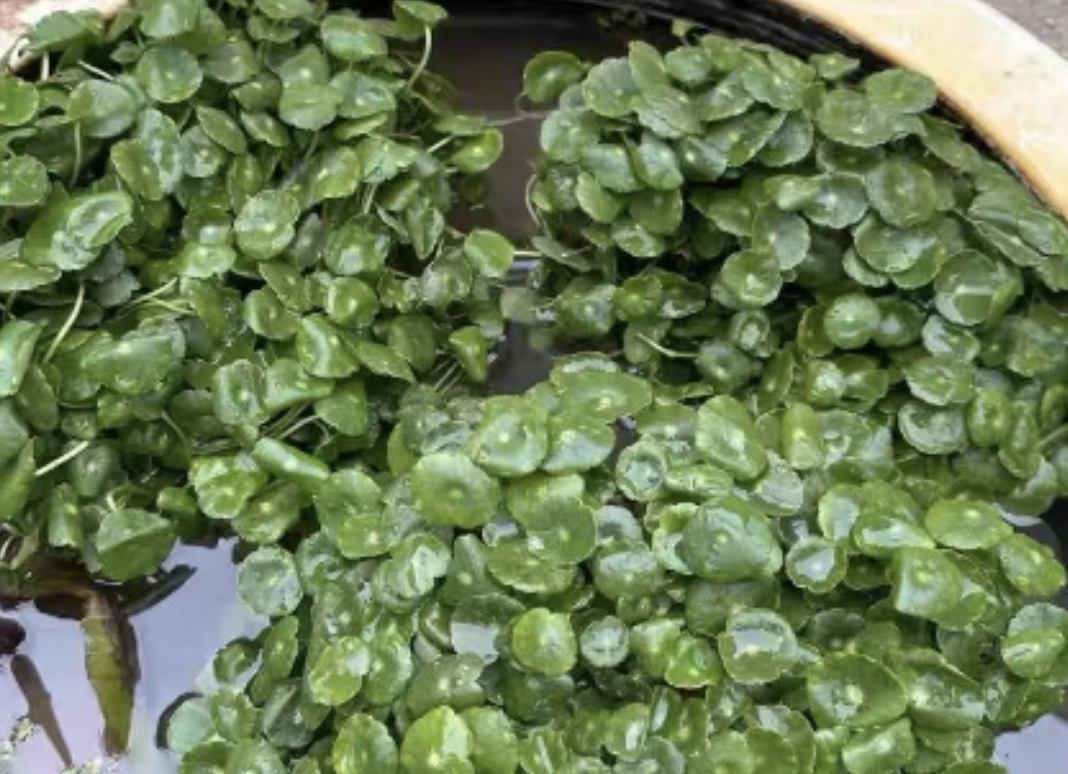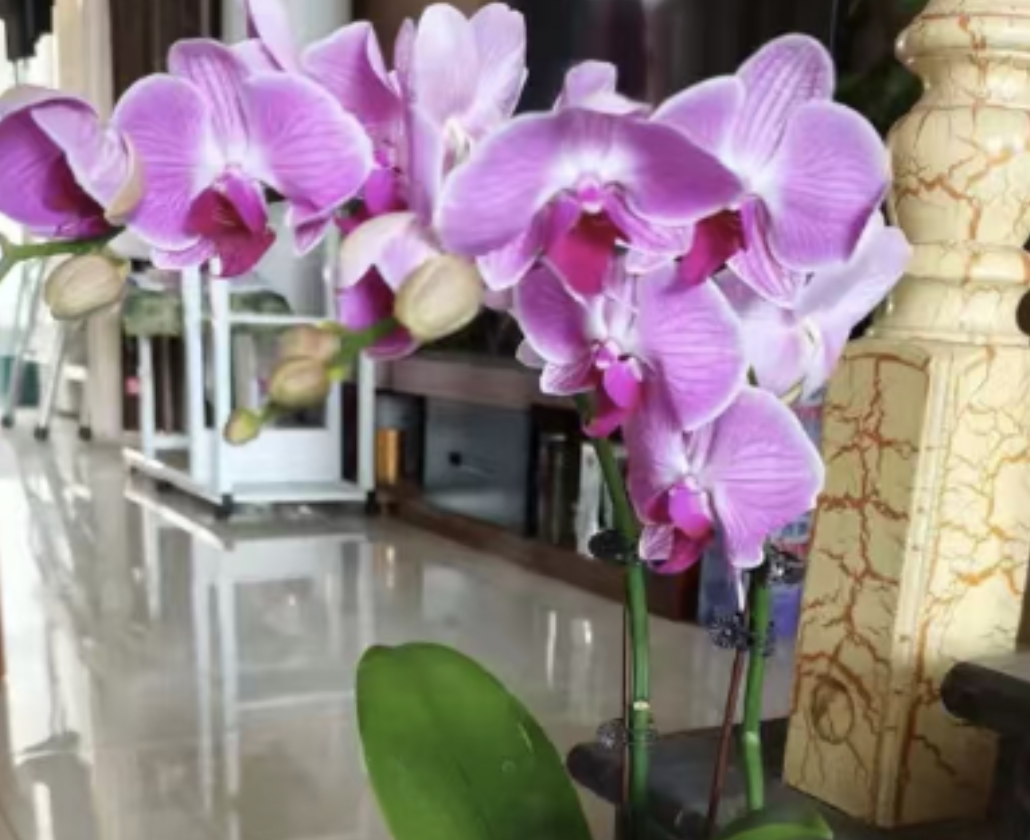Phalaenopsis, belonging to the genus Phalaenopsis in the Orchidaceae family, has flowers that resemble butterflies and come in a rich variety of colors. Its leaves are broad and lush green. Native to tropical Asia, it is now widely cultivated. It prefers a warm and humid environment and is a precious item among ornamental flowers. It is suitable for indoor decoration and as gifts during festivals, adding a touch of charm to life.
If the flowers of Phalaenopsis wilt after watering, it may be caused by various improper maintenance methods. In the face of this situation, we can start to solve it from the following aspects:
Control Watering:
Reason: Over - watering can cause waterlogging in the potting soil, damaging the roots of Phalaenopsis, making it difficult for them to absorb nutrients, thus causing the flowers to wilt. Also, long - term water shortage or sudden excessive watering can harm the roots.
Solution: If waterlogging is detected in the potting soil, place the flower pot in a well - ventilated area to allow the water to evaporate and dry quickly.
Normally, when watering, follow the principle of "watering when the soil is dry and stopping when it's wet", that is, water the plant after the soil surface is dry, and water moderately to keep the soil slightly moist. Use a spray bottle or watering can to water, avoiding directly impacting the leaves and flowers of the plant to reduce the occurrence of diseases.
Adjust Lighting:
Reason: Excessive light or long - term exposure to the sun can cause the flower petals to wilt, while insufficient light can lead to weak plant growth and affect the flowers.
Solution: If the light is too strong, move the plant to a place indoors without direct sunlight, or use a sunshade to block part of the light for the plant. If the light is insufficient, let the Phalaenopsis receive sufficient light, but avoid exposure to the sun.
Control Temperature:
Reason: Phalaenopsis likes a warm and humid environment, and the most suitable growth temperature is between 16°C - 30°C. Temperatures that are too high or too low will affect the growth and flowering of the plant.
Solution: In summer, move the plant to a cool and ventilated place indoors for maintenance. In winter, pay attention to keeping it warm to prevent the plant from being frozen.
Check for Diseases:
Reason: During the growth process, Phalaenopsis may be attacked by diseases such as root rot and leaf spot, which can also cause the flowers to wilt.
Solution: Pay attention to observing the growth state of the plant. Once diseases are detected, promptly apply the right medicine to prevent and control them.
The Correct Way to Water Phalaenopsis:
Observe the Moisture of the Substrate: Before watering, check whether the surface of the substrate is dry. You can detect the moisture by gently touching the surface of the substrate or inserting a bamboo stick deep into the substrate. If the substrate surface is dry and the soil brought out when the bamboo stick is pulled out also appears dry, this is the best time to water.
Water in Moderation: Use a watering can with a narrow spout and slowly pour clear water along the edge of the pot until the water flows out from the bottom of the pot, ensuring that the substrate fully absorbs the water. Pay attention to controlling the amount of water to avoid waterlogging in the pot. The amount of water for each watering should be such that the substrate is moist but not soaked, that is, in line with the "watering when the soil is dry and stopping when it's wet" principle.
Control the Watering Frequency: The watering frequency of Phalaenopsis needs to be adjusted according to seasonal changes. In winter, the temperature is low, the plant grows slowly, and the water demand decreases. Reduce the number of waterings and keep the substrate slightly wet. In spring and summer, which are the growth periods of Phalaenopsis, when the temperature is high, the plant consumes more water. You can appropriately increase the number of waterings, but each time, make sure the soil surface is completely dry before watering again.
Pay Attention to Water Quality: Phalaenopsis has high requirements for water quality. It is best to use rainwater or tap water that has been left standing for a while for watering. Avoid using hard water containing too many minerals or chemical substances, as it may damage the plant.
Through the above methods, we can effectively solve the problem of Phalaenopsis flowers wilting after watering and master the correct way to water Phalaenopsis, allowing the Phalaenopsis to grow healthily and bloom beautiful flowers.
What to Do When the Flowers of Phalaenopsis Wilt After Watering?

Share with
Tagged in :




Leave a Reply